CACTI > ASTROPHYTUM

Elizabeth is a Permaculture Garden Designer, Sustainability Consultant and Professional Writer, working as an advocate for positive change. She graduated from the University of St. Andrews with an MA in English and Philosophy and obtained a Diploma in Applied Permaculture Design from the Permaculture Association.
Reviewed By DAN ORI

Dan has over 27 years’ under his belt caring for plants and gardens. Working as a Horticultural Instructor and Consultant, he draws on a diverse range of experience that includes working as a Head Gardener, Tree Surgeon, Garden Centre Trouble Shooter, and writer of academic papers. Dan has a Level 3 Diploma in Horticulture and is currently a candidate for the RHS’s most prestigious award – The Master of Horticulture.
IN THIS GUIDE
ASTROPHYTUM GUIDES
Astrophytum is a genus with several different species of perennial cacti to grow in a greenhouse under glass or in bright, filtered light indoors.
While more commonly grown as houseplants in the UK, these cacti may also sometimes be grown outside in a suitably warm, sunny, sheltered spot where temperatures do not fall below freezing.
Overview
| Botanical Name | Astrophytum |
| Common Name(s) | Monk’s Hood Cactus |
| Plant Type | Perennial cactus |
| Native Area | South America |
| Hardiness Rating | H2 |
| Foliage | Evergreen |
| Flowers | Solitary, funnel-shaped flowers followed by berries that are red or green |
| When To Sow | March to April |
Sunlight
Preferred
Full sun
Exposure
Sheltered
Size
Height
0.1 – 0.5M
Spread
0.1 – 0.5M
Bloom Time
July to August
Soil
Preferred
Sand or clay
Moisture
Well-drained
pH
Alkaline to neutral
There are six accepted species within the Astrophytum genus, all of which hail from arid regions of South America, particularly Mexico.1Astrophytum Lem. (n.d.). Kew Botanic Gardens. Retrieved July 24, 2023, from https://powo.science.kew.org/taxon/urn:lsid:ipni.org:names:30001394-2
These species are all cacti, specially adapted to survive with low water availability and periods of drought.
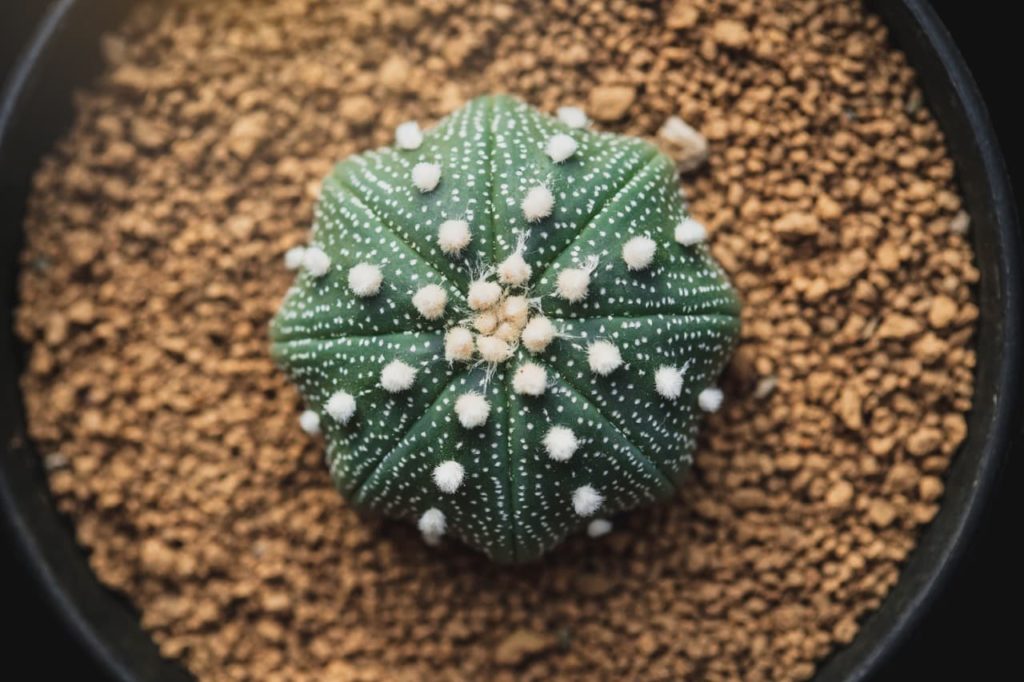
Their stems are spherical in form, ribbed or columnar and they have woolly, occasionally spiny areoles.
Their flowers, borne in summer, are funnel-shaped and solitary.
These flowers can, in optimal conditions, be followed by red or green berries.
Astrophytum Varieties
The six species of Astrophytum are:
A. asterias

A. capricorne

A. caput-medusae

A. coahuilense

A. myriostigma

A. ornatum
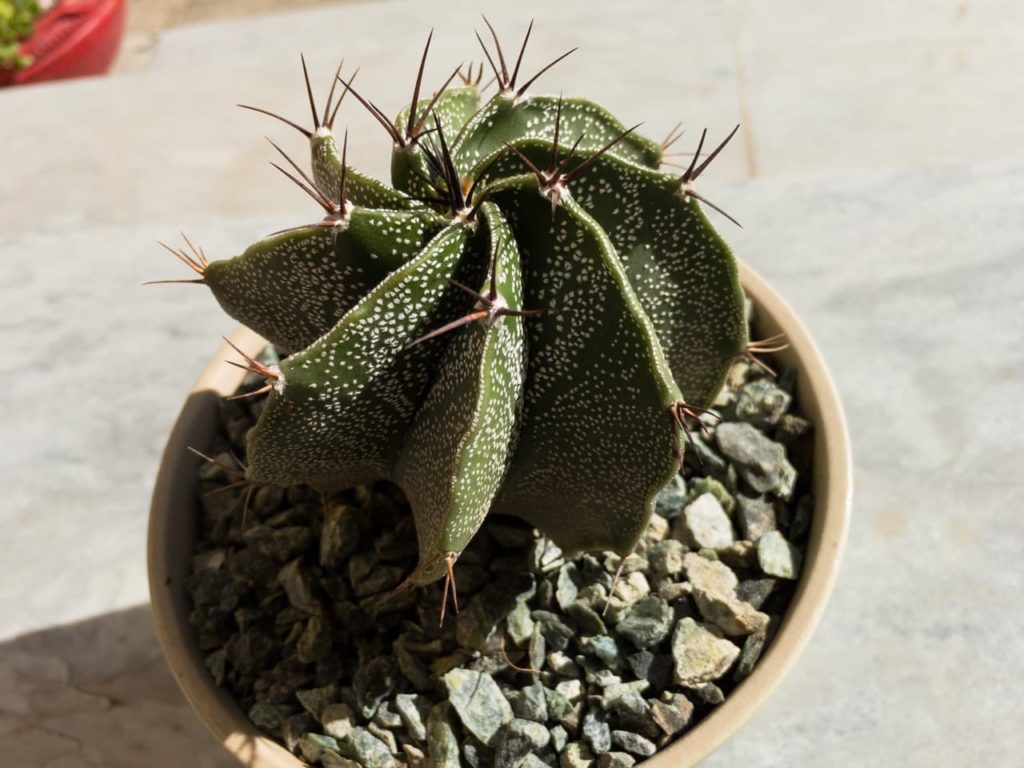
The most commonly grown species in the UK are A. ornatum, A. myriostigma and A. capricorne, all of which have an Award of Garden Merit from the RHS.
How To Grow Astrophytum
Astrophytums are typically grown indoors here, as it can be challenging to give the plants the warmth and dry conditions they require outdoors in our climate.
In order to grow these cacti successfully, you need to mimic as closely as possible the conditions that these plants would experience in the wild in their native range.
Growing Conditions
If you are growing Astrophytum outdoors, they need as sunny, warm and sheltered a spot as possible and though they can cope with relatively cold temperatures, they cannot cope with temperatures that fall below freezing at any time.
Indoors, they should be kept in a location where they are not exposed to extreme temperature fluctuations or cold draughts.
Sunlight
Outdoors, these cacti will need a location in full sun.
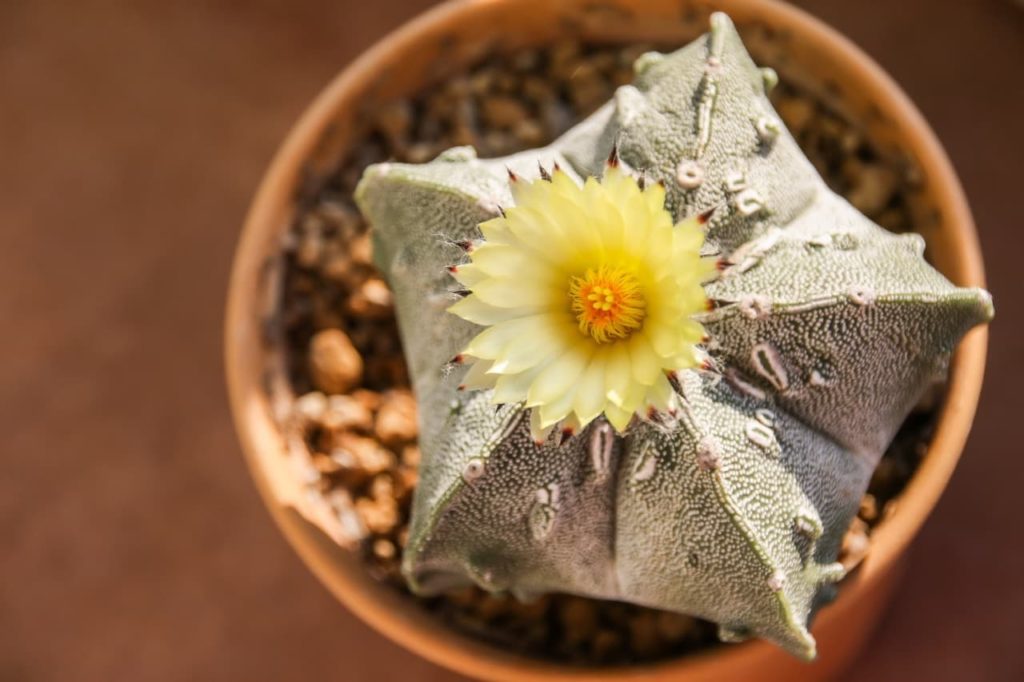
Indoors, they prefer a location in bright but filtered light.
Soil Preference
These cacti need free-draining conditions, which is one of the most important elements to remember when growing these plants.
The soil must be sharply drained, poor and slightly alkaline in pH.
When growing in pots, a free-draining loam-based potting mix with sharp sand mixed in to improve drainage should be used or you can select and purchase a proprietary blend specifically designed for growing cacti.
Astrophytum Care Guidelines
Like most other cacti, these plants can be very forgiving when it comes to care that leaves something to be desired.
These plants can be tolerant of a fairly high level of neglect.
Watering
Astrophytum should only be watered once the growing medium has become dry in spring, summer and early autumn.
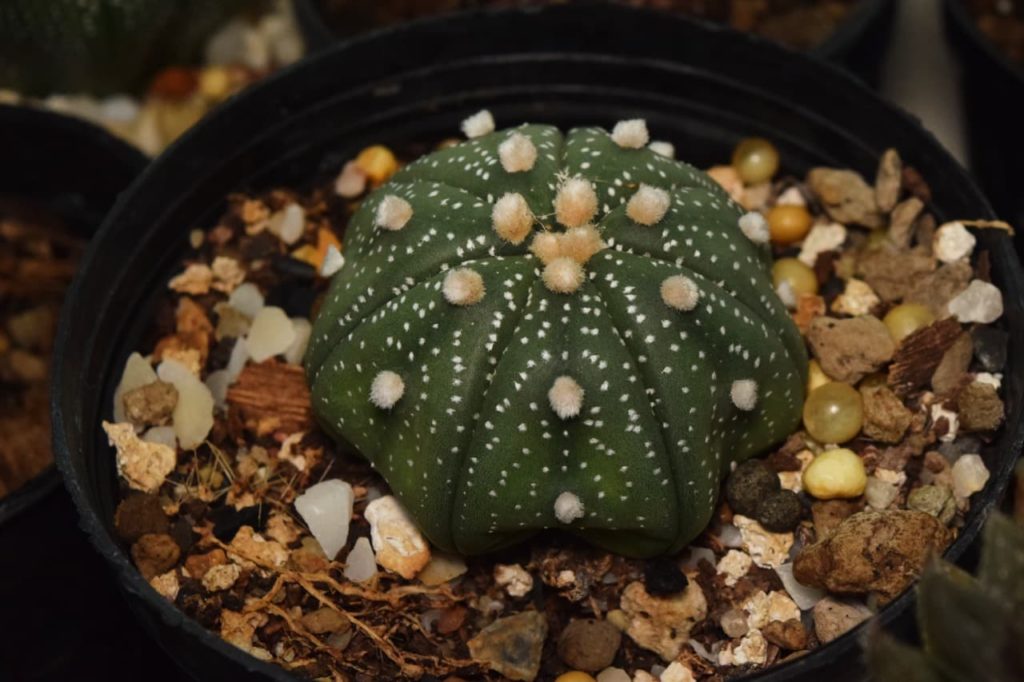
In the winter months, it should be left alone completely and not watered at all.
Horticultural expert Dan Ori explains that timing on the first water in spring can be tricky for many of us to understand as it is more about daylight than temperature:
“Based on the sunshine coast of Sussex, I get suitable daylight from early March to start watering, but you could be weeks later in Scotland, which is why I normally tell people to start watering at Easter whenever it falls.”
It is important to reduce and then cease watering while the plant approaches and then enters its dormant state.
When you are watering from spring to early autumn, it is important to water deeply and well each time you do water.
Don’t water too often, but when you do water, give it a good soak so that the roots of the plant are able to take up all the water they need.
Propagation
Astrophytum are typically propagated by seed.
The seeds are sown in the early spring indoors or under cover.
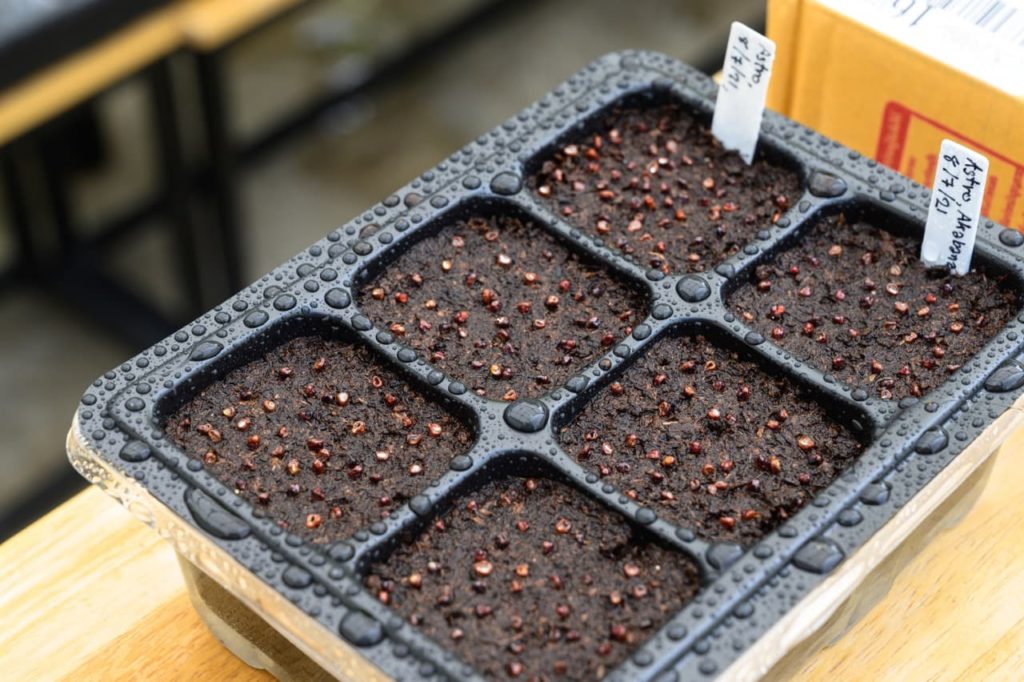
It is typically necessary to use a heat mat or heated propagator as the seeds must be kept consistently at 21°C for germination to take place successfully.
Common Problems
Though Astrophytums are generally disease-free, there are certain common houseplant pests that can become an issue for these plants.
Scale insects and mealybugs, for example, can potentially become problems when you are growing these cacti indoors.
References
- 1Astrophytum Lem. (n.d.). Kew Botanic Gardens. Retrieved July 24, 2023, from https://powo.science.kew.org/taxon/urn:lsid:ipni.org:names:30001394-2

